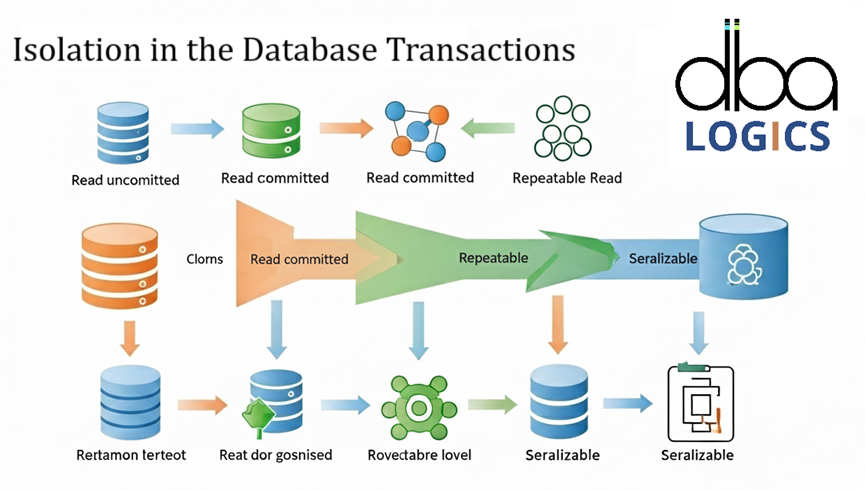
Understanding Isolation in the Database Transactions
In this we are elaborate description of the isolation levels in database transactions, discussing each of them with their examples, areas of conflict and practical considerations. We are going to discuss four ANSI SQL standard isolation levels Read Uncommitted, Read Committed, Repeatable Read, and Serializable seeing how they work with sample data and SQL scripts. It is aimed at giving a complete picture of the role that these levels play in data consistency and concurrency in a multi-user database system.
Isolation Levels Introduction
Isolation levels determine how much isolation of concurrent transactions occurs. They determine how much one could see the change that has been made by other transactions that have not been committed. The higher the level of isolation, the greater the consistency in data and the lesser the transaction concurrency and the lower the level of isolation, the higher the concurrent transactions and the more they might expose transactions to a number of anomalies.
ACID Properties
Before discussing each of the isolation levels in detail, it is important to get an idea on the ACID conceits of the database transaction:
Atomicity: A transaction is viewed as a unit of work. All or none of the changes would be made.
Consistency: A transaction should not violate the integrity of the database. It has to transition the database states between two valid states.
Isolation: One transaction should be isolated with respect to another. Parallel transactions ought not to interact with the operations of one another.
Durability: A committed transaction is permanent and will not be lost even through failure of the system.
Isolation levels center mainly on the property of ACID known as Isolation.
Sample Data & Environment
For the sake of this example let's imagine we have a simple Accounts table with the following layout:
- CREATE TABLE Accounts (
- AccountID INT PRIMARY KEY,
- Balance DECIMAL(10, 2)
- );
- INSERT INTO Accounts (AccountID, Balance) VALUES
- (1, 100.00),
- (2, 200.00);
- --get data
- select * from Accounts
- --output
- AccountID Balance
- ----------- ------------------------------
- 1 100.00
- 2 200.00
- (2 rows affected)
We shall employ two concurrent transactions, Transaction A and Transaction B, to explain how each isolation level behaves.
Levels of Isolation Explained
1. Read Uncommitted
It is the weakest form of isolation. Transactions are able to access modifications done by other transactions even though those modifications are not committed.
Anomalies:
Dirty Reads A dirty read occurs when a transaction reads a data that has been changed by another transaction but not yet committed. In case the modifying transaction rolls back, then the reading transaction will have read erroneous data.
Concurrency: Max concurrency.
Example:
- /**Transaction A:**/
- -- Set isolation level to Read Uncommitted (implementation varies by database)
- SET TRANSACTION ISOLATION LEVEL READ UNCOMMITTED;
- BEGIN TRANSACTION
- UPDATE Accounts SET Balance = 150.00 WHERE AccountID = 1;
- -- Before commit
- /**Transaction B:**/
- -- Set isolation level to Read Uncommitted
- SET TRANSACTION ISOLATION LEVEL READ UNCOMMITTED;
- BEGIN TRANSACTION;
- SELECT Balance FROM Accounts WHERE AccountID = 1; -- Reads 150.00 (dirty read)
- COMMIT;
- --If Transaction A rolls back, Transaction B has read an incorrect value.
2. Read Committed
Transactions may only read data which has been committed by other transactions. This inhibits dirty reads
Anomalies:
Non-Repeatable Reads: A transaction reads a row and then the row is modified and committed by another transaction before the same row is read again.
Concurrency: great concurrency.
Example:
- /**Transaction A:**/
-
- -- Set isolation level to Read Committed
-
- SET TRANSACTION ISOLATION LEVEL READ COMMITTED;
-
- START TRANSACTION;
-
- SELECT Balance FROM Accounts WHERE AccountID = 1; -- Reads 100.00
-
- UPDATE Accounts SET Balance = 150.00 WHERE AccountID = 1;
-
- COMMIT;
-
- /**Transaction B:**/
-
- -- Set isolation level to Read Committed
-
- SET TRANSACTION ISOLATION LEVEL READ COMMITTED;
-
- START TRANSACTION;
-
- SELECT Balance FROM Accounts WHERE AccountID = 1; -- Reads 100.00
-
- -- After Transaction A commits
-
- SELECT Balance FROM Accounts WHERE AccountID = 1; -- Reads 150.00 (non-repeatable read)
- COMMIT;
-
- --Transaction B reads different values for the same row within the same transaction.
- /**Transaction A:**/
- -- Set isolation level to Read Committed
- SET TRANSACTION ISOLATION LEVEL READ COMMITTED;
- START TRANSACTION;
- SELECT Balance FROM Accounts WHERE AccountID = 1; -- Reads 100.00
- UPDATE Accounts SET Balance = 150.00 WHERE AccountID = 1;
- COMMIT;
- /**Transaction B:**/
- -- Set isolation level to Read Committed
- SET TRANSACTION ISOLATION LEVEL READ COMMITTED;
- START TRANSACTION;
- SELECT Balance FROM Accounts WHERE AccountID = 1; -- Reads 100.00
- -- After Transaction A commits
- SELECT Balance FROM Accounts WHERE AccountID = 1; -- Reads 150.00 (non-repeatable read)
- COMMIT;
- --Transaction B reads different values for the same row within the same transaction.
3. Repeatable Read
The same row can be read by different transactions and return the same value even when some other transaction updates and commits to the row. This prevents non repeatable reads.
Anomalies:Phantom Reads: In a transaction, a query is executed returning a set of rows. In yet another transaction, new rows are inserted which fulfil the query condition and the transaction is committed. The first transaction will re-run that query and it will also see the phantoms.Concurrency: Moderate concurrency.
Example:
- /**Transaction A:**/
-
- -- Set isolation level to Repeatable Read
-
- SET TRANSACTION ISOLATION LEVEL REPEATABLE READ;
-
- START TRANSACTION;
-
- SELECT Balance FROM Accounts WHERE AccountID = 1; -- Reads 100.00
-
- -- Before Transaction B commits
-
- SELECT Balance FROM Accounts WHERE AccountID = 1; -- Still reads 100.00
-
- COMMIT;
-
- /**Transaction B:**/
-
- -- Set isolation level to Repeatable Read
-
- START TRANSACTION;
-
- INSERT INTO Accounts (AccountID, Balance) VALUES (3, 50.00);
- COMMIT;
-
- /**Transaction C:**/
-
- -- Set isolation level to Repeatable Read
-
- SET TRANSACTION ISOLATION LEVEL REPEATABLE READ;
-
- START TRANSACTION;
-
- SELECT * FROM Accounts; -- Initially sees AccountID 1 and 2
-
- -- After Transaction B commits
-
- SELECT * FROM Accounts; -- May or may not see AccountID 3 (phantom read) depending on the database implementation
-
- COMMIT;
-
- --Transaction C might see a "phantom" row (AccountID 3) if it re-executes the query after Transaction B commits.
- /**Transaction A:**/
- -- Set isolation level to Repeatable Read
- SET TRANSACTION ISOLATION LEVEL REPEATABLE READ;
- START TRANSACTION;
- SELECT Balance FROM Accounts WHERE AccountID = 1; -- Reads 100.00
- -- Before Transaction B commits
- SELECT Balance FROM Accounts WHERE AccountID = 1; -- Still reads 100.00
- COMMIT;
- /**Transaction B:**/
- -- Set isolation level to Repeatable Read
- START TRANSACTION;
- INSERT INTO Accounts (AccountID, Balance) VALUES (3, 50.00);
- COMMIT;
- /**Transaction C:**/
- -- Set isolation level to Repeatable Read
- SET TRANSACTION ISOLATION LEVEL REPEATABLE READ;
- START TRANSACTION;
- SELECT * FROM Accounts; -- Initially sees AccountID 1 and 2
- -- After Transaction B commits
- SELECT * FROM Accounts; -- May or may not see AccountID 3 (phantom read) depending on the database implementation
- COMMIT;
- --Transaction C might see a "phantom" row (AccountID 3) if it re-executes the query after Transaction B commits.
4. Serializable
This is the most isolation level. Transactions are totally independent of one another. It eliminates all anomalies, such as dirty reads, non-repeatable reads and phantom reads. It is, in effect, serializing transactions just as though they were performed sequentially.
Anomalies: None.Concurrency: Lowest concurrency.
Anomalies: None.
Concurrency: Lowest concurrency.
Example:
- /**Transaction A:**/
- -- Set isolation level to Serializable
-
- SET TRANSACTION ISOLATION LEVEL SERIALIZABLE;
-
- START TRANSACTION;
-
- SELECT Balance FROM Accounts WHERE AccountID = 1; -- Reads 100.00
-
- -- Before Transaction B commits
-
- SELECT Balance FROM Accounts WHERE AccountID = 1; -- Still reads 100.00
-
- COMMIT;
-
- /**Transaction B:**/
-
- -- Set isolation level to Serializable
-
- START TRANSACTION;
-
- UPDATE Accounts SET Balance = 250.00 WHERE AccountID = 2;
-
- COMMIT;
In Serializable isolation, Transaction A will obtain a consistent view of data all the time regardless of what Transaction B does. The implementation of the database may cause a blocking of transaction B until transaction A completes or rollback to ensure an absence of serialization anomalies.
- /**Transaction A:**/
- -- Set isolation level to Serializable
- SET TRANSACTION ISOLATION LEVEL SERIALIZABLE;
- START TRANSACTION;
- SELECT Balance FROM Accounts WHERE AccountID = 1; -- Reads 100.00
- -- Before Transaction B commits
- SELECT Balance FROM Accounts WHERE AccountID = 1; -- Still reads 100.00
- COMMIT;
- /**Transaction B:**/
- -- Set isolation level to Serializable
- START TRANSACTION;
- UPDATE Accounts SET Balance = 250.00 WHERE AccountID = 2;
- COMMIT;
In Serializable isolation, Transaction A will obtain a consistent view of data all the time regardless of what Transaction B does. The implementation of the database may cause a blocking of transaction B until transaction A completes or rollback to ensure an absence of serialization anomalies.


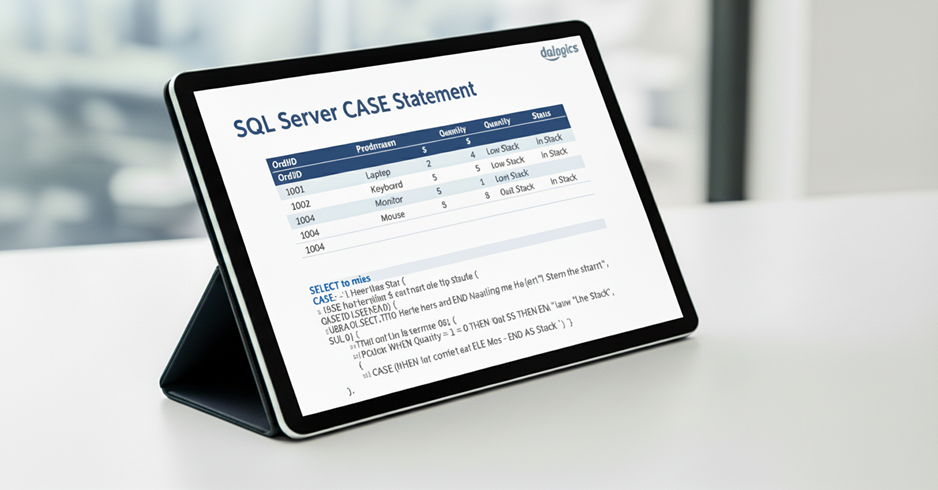
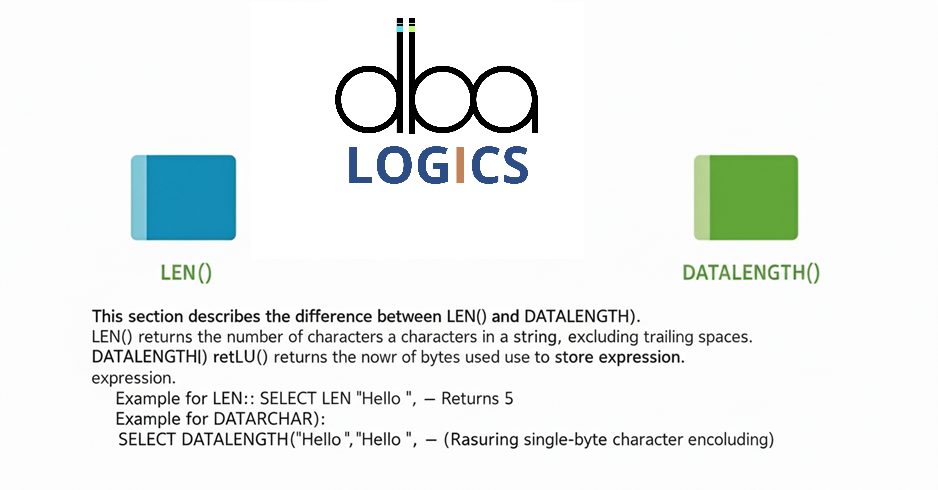
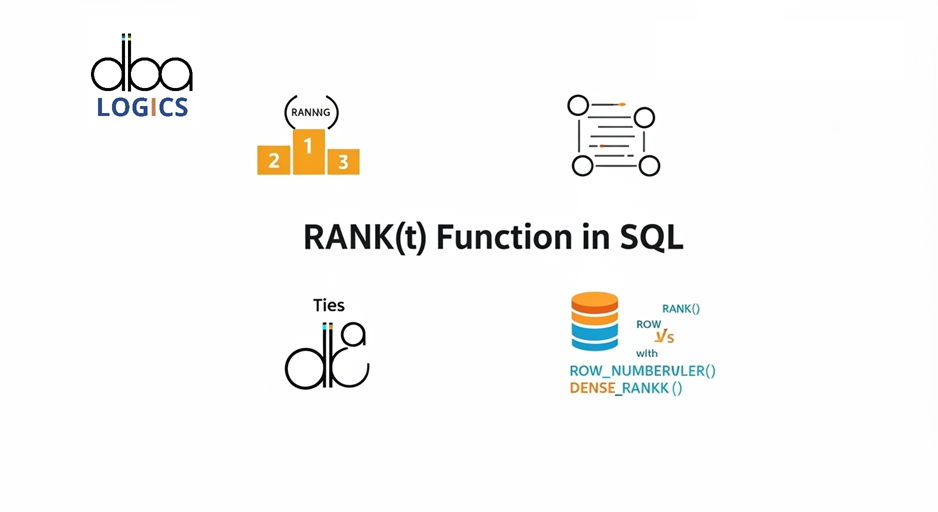
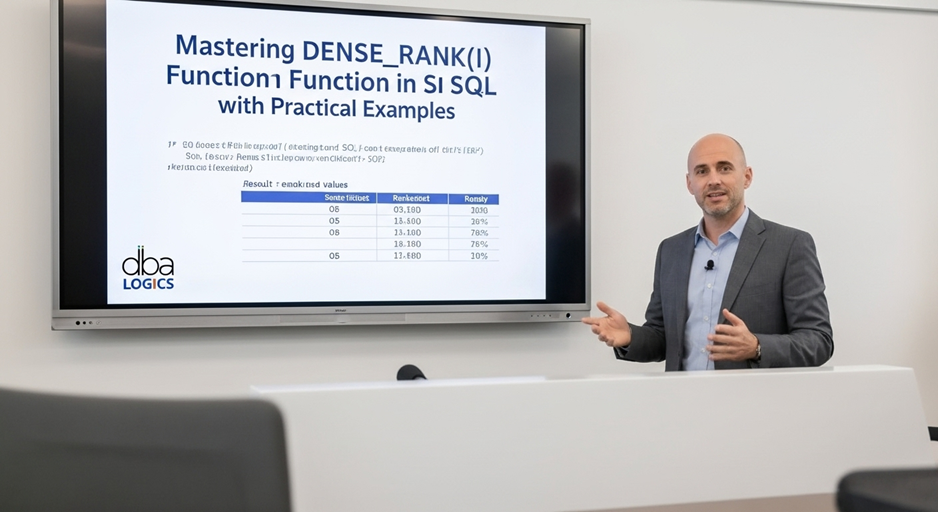

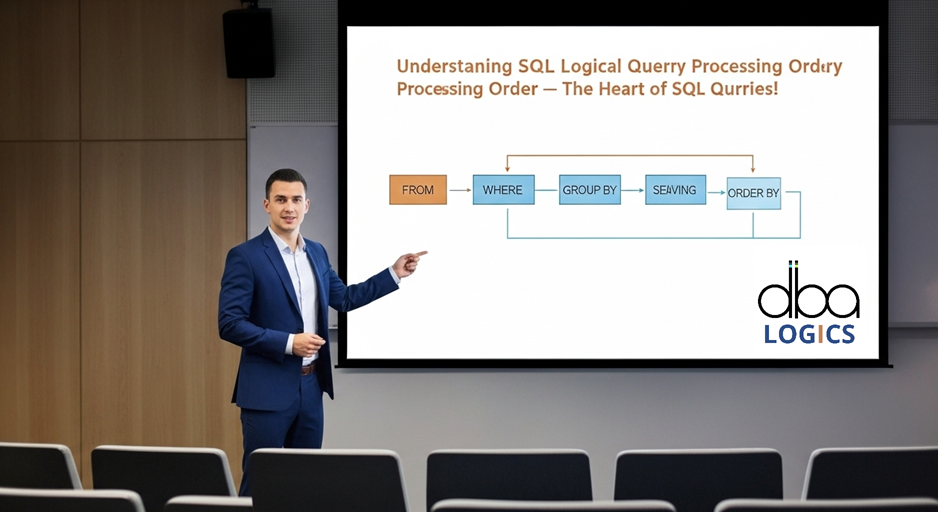



Post Comment
Your email address will not be published. Required fields are marked *